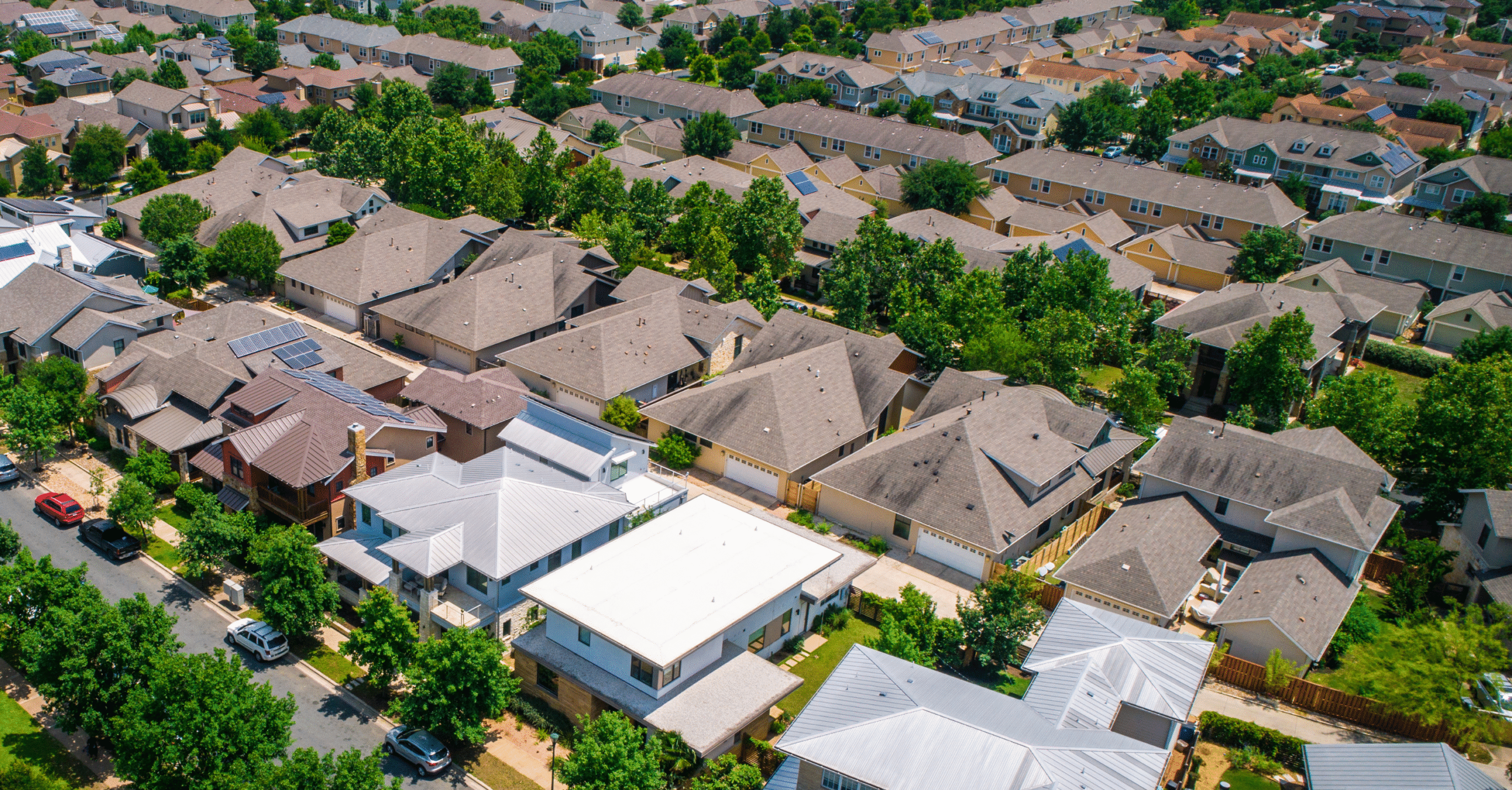Who Takes Over When You Step Back?
Lately, I’ve been thinking about what happens when founders step back and how fragile legacy can become without structure.
More and more, I’m having conversations about succession, and I keep coming back to the same realization: grooming a successor is one thing, but putting structure around them is everything.
Love, loyalty, and legacy mean little if the family loses control.
The Quiet Truth About Succession
Every family reaches that moment — the handover.
It might be planned, it might be forced, but it always comes.
And in African families, we often assume that because our children are intelligent, exposed or ambitious, leadership will naturally fall into place.
But succession doesn’t fall into place.
It falls apart without structure.
A successor without a system is simply an individual surrounded by expectations and emotions.
A successor within a system is a custodian with clarity.
And that difference is everything.
What the Next Generation Actually Needs
Grooming successors used to mean:
Teach them the business. Expose them. Mentor them.
Today, that’s not enough.
The next generation needs the frameworks that protect the family’s ownership, clarify decision-making, and keep the business aligned with the family’s values — long after the founder’s presence fades.
Three structures matter most:
- Private Family Trusts — Keeping Control Intact
A trust is not about taking power from the family.
It’s about keeping power with the family irrespective of marriages, divorces, in-law dynamics, or generational shifts.
It consolidates ownership, prevents fragmentation, and gives the successor the freedom to lead without internal battles.
Trusts protect the family, so successors can focus on protecting the business.
- A Family Office — Managing the Family’s Relationship With the Business
Most African families run their businesses like extensions of the founder.
But over time, the business must be structured to stand and to be governed beyond one personality.
That’s where a family office becomes powerful:
- It coordinates the family’s finances, investments, structures and advisors.
- It protects boundaries — what the family controls vs. what management controls.
- It ensures rising generations understand the ecosystem they’re inheriting.
It is the home of continuity.
Even if it starts with one trusted person, it is a foundation for generational discipline.
- Private Capital — Growing the Legacy Beyond the Business
Wealth preservation is only one side of legacy.
Wealth expansion is the other.
African families often keep their entire identity tied to the operating business.
But successors need more than a single engine. They need a portfolio mindset and the room to diversify.
This is where private capital becomes transformative.
Families can:
- invest in infrastructure, real estate, energy, logistics;
- co-invest with other families;
- build long-term real-sector exposure;
- reduce dependence on one industry;
- and create new generational wealth streams.
It’s how many Singaporean, European, and Middle Eastern families strengthened their legacies beyond their first enterprises.
Diversification isn’t about abandoning the family business.
It’s about ensuring the family always has leverage and liquidity no matter what the economy does.
In Africa, many families are in their first or second generation of significant wealth.
We are living the transition our parents didn’t get to model for us.
So now, it falls to us.
The founders who built on instinct must hand over to successors who lead with structure.
Instinct may build, but only systems preserve and the true sign of continuity is not that the business survives — but that the family still controls it.
Closing Thought
Legacy is not self-executing.
It does not run on memory or goodwill.
It runs on design.
The next generation deserves clarity, a system to step into and a legacy that feels like a gift not a burden.
And perhaps the most loving thing we can do is build the structures that hold everything together when we step back.





